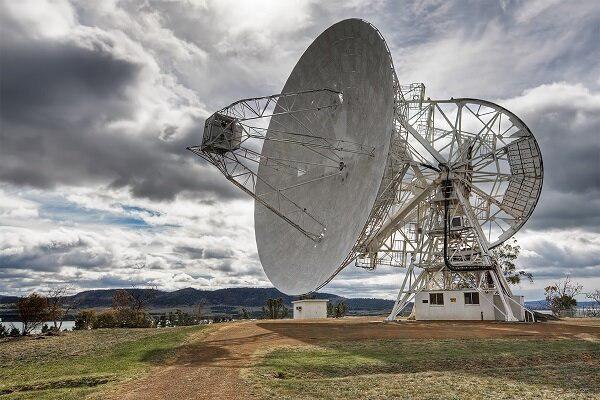“Until now, we [in Iran] did not have an indigenous sample of the radio observatory in this class. Those we had were smaller, but now we have the ability to build radio telescopes of this size and we can build even more complicated and larger systems,” said Omid Shokoufa.
This Iranian scientist noted that the radio observatory is complementary to the optical observatory, and each of them is used for various purposes. This means that what this system can monitor is not measurable at the optical observatory.
For a brief review of Iran’s achievements in various fields of science and technology, check the book “Science and Technology in Iran: A Brief Review”
The radio telescope system is a radio receiver that gets radio waves from various astronomical sources such as galaxies, nebulae and various objects.
A radio telescope is a specific antenna and radio receiver used to receive radio waves from astronomical radio sources in the sky. Radio telescopes are the main observing tool used in radio astronomy, which studies the frequency of the electromagnetic spectrum emitted by astronomical objects.
Radio telescopes are large parabolic antennas similar to those used in tracking satellites and space probes. They may be used individually or linked together in an array.
